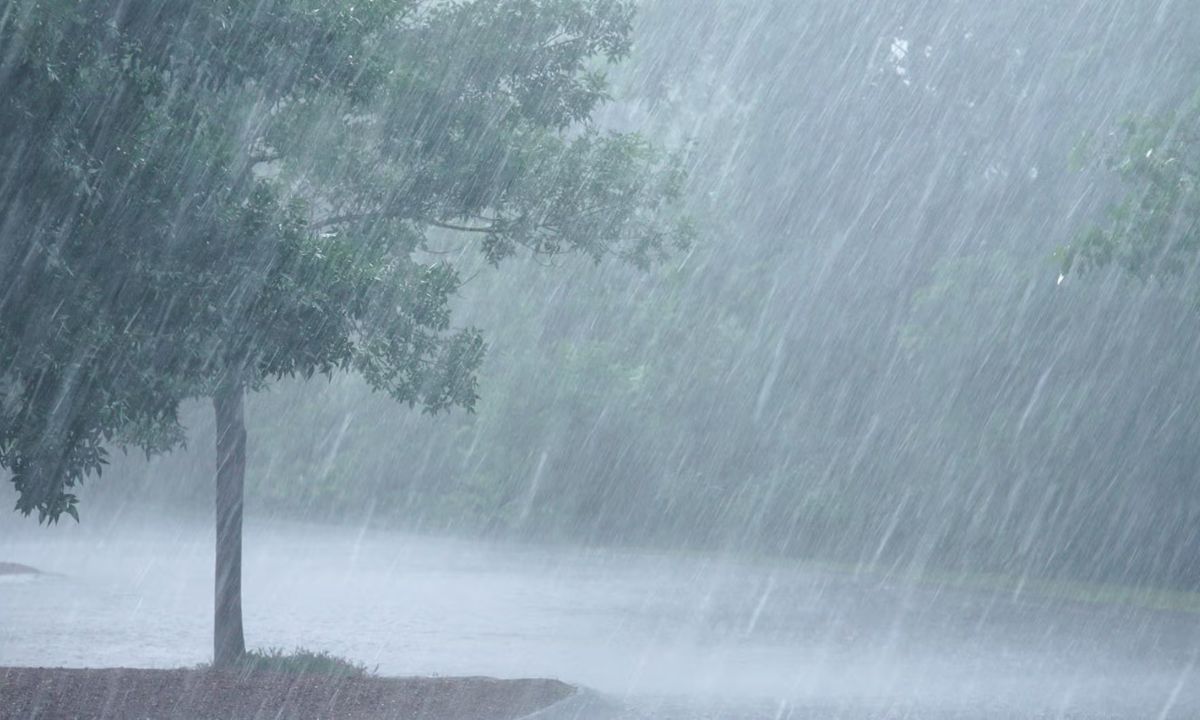Heavy to very heavy rainfall has been recorded in many parts of Nepal in the past 12 hours, and the weather department has warned that the rain is likely to continue until tomorrow. The Department of Hydrology and Meteorology has also issued alerts for possible floods in several river areas.
Due to active monsoon conditions across the country, multiple districts have received significant rainfall. Here are the major rainfall readings:
- Kaski (Lumle): 151 mm
- Sunsari: 130 mm
- Ilam (Mai Pokhari): 121 mm
- Dhankuta: 121 mm
Several other eastern and hilly districts such as Sindhupalchok, Parbat, Okhaldhunga, Taplejung, Panchthar, Tanahun, Khotang, Solukhumbu, Sankhuwasabha, Tehrathum, Myagdi, and Jhapa also experienced heavy rainfall in the last 24 hours.
Why Is It Raining So Much?
Meteorologists say that the current rainfall is due to a strong monsoon system that is active across Nepal. A low-pressure belt is located slightly north of its usual position, which is enhancing the intensity of rainfall throughout the country.
Authorities have warned that the water levels in several rivers are rising:
- Modi Khola in Parbat and Kankai-Mainachuli River in Ilam are near the alert level.
- In Sunsari, the Budhi Khola crossed the danger level at the Duhabi gauging station last night, triggering a flood siren.
These warnings mean that people living near rivers and streams need to stay alert and follow safety instructions from local authorities.
According to meteorologist Sanjib Adhikari, the monsoon system will remain active until Monday (July 21). After that, the system is expected to weaken gradually.
“The rain will move toward central and western Nepal and will likely continue until tomorrow. Then it will slowly reduce,” said Adhikari.
- Avoid traveling near rivers or landslide-prone areas.
- Stay updated with weather news and alerts from official sources.
- Prepare for possible waterlogging, especially in low-lying areas.
- Follow local authorities‘ instructions if any emergency arises.




